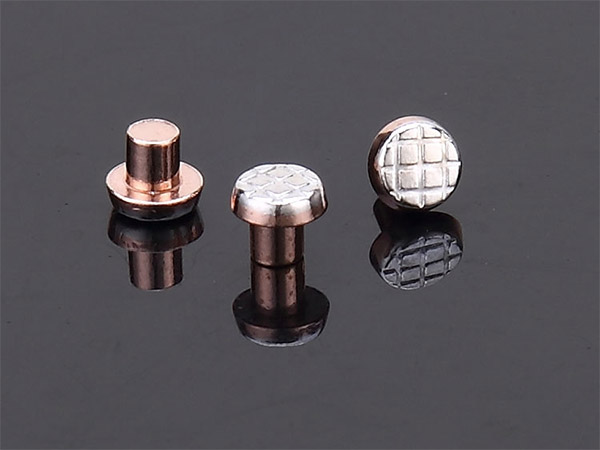- Home
- About us
About usFoshan yinhan Electric Co., Ltd.We specialize in producing switch silver alloy contacts, semi hollow rivet contacts, integral silver contacts, rivets, and silver copper composite contacts. After years of technological and technological improvement and innovation, as well as continuous improvement of testing equipment and after-sales service, it has now developed into a certain scale...

- Products
- Application
- News
NewsFoshan yinhan Electric Co., Ltd.We have complete and sophisticated production and testing equipment, adhere to a management system that focuses on customer attention and constantly innovates. With reasonable and favorable product prices, high reliable product quality, timely and accurate delivery times and services, and the marketing concept of "integrity, mutual benefit, and co creation of brilliance", we are sure to become mutual promotion partners with you.

- Contact us
Service hotline
+86 138 2550 2398




